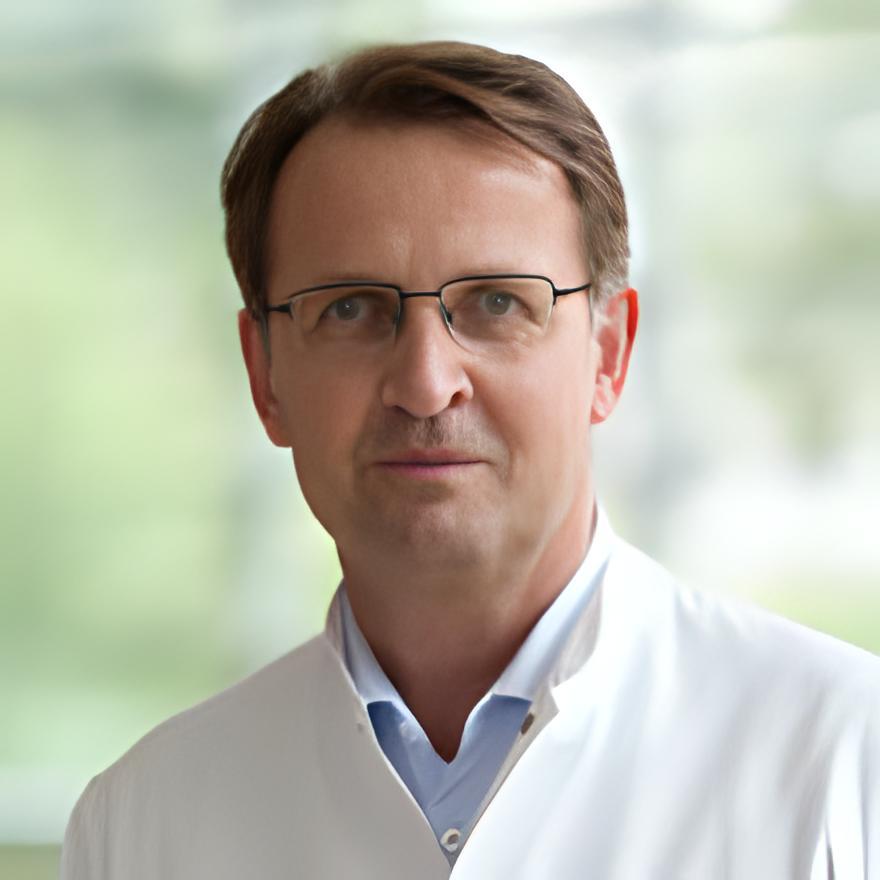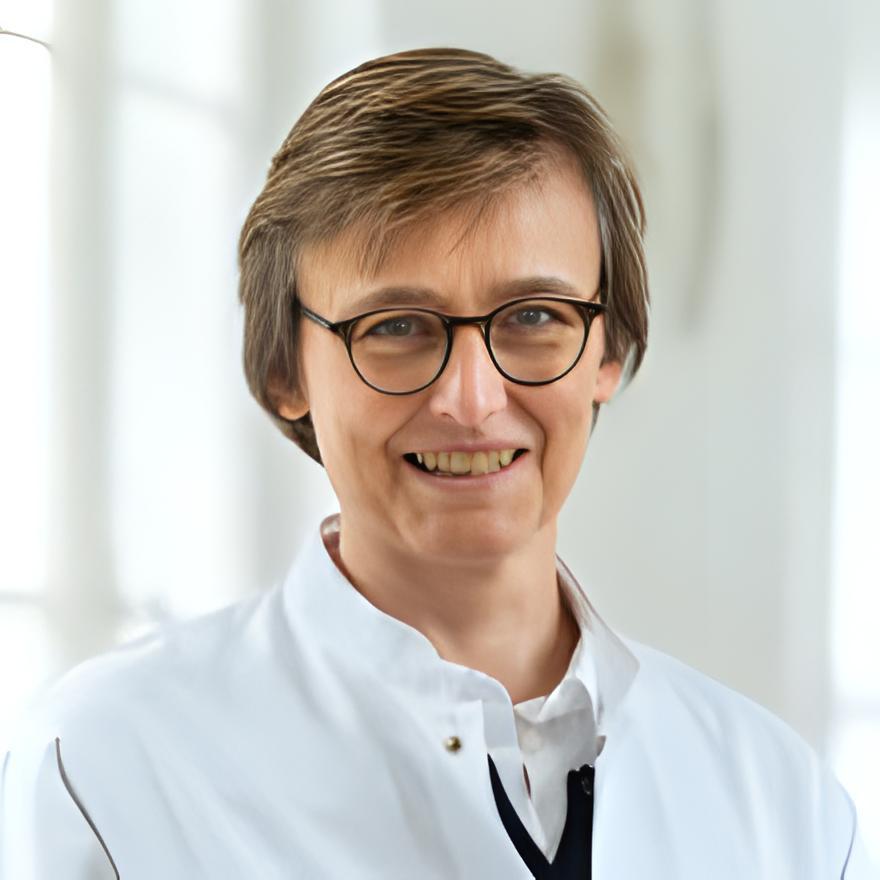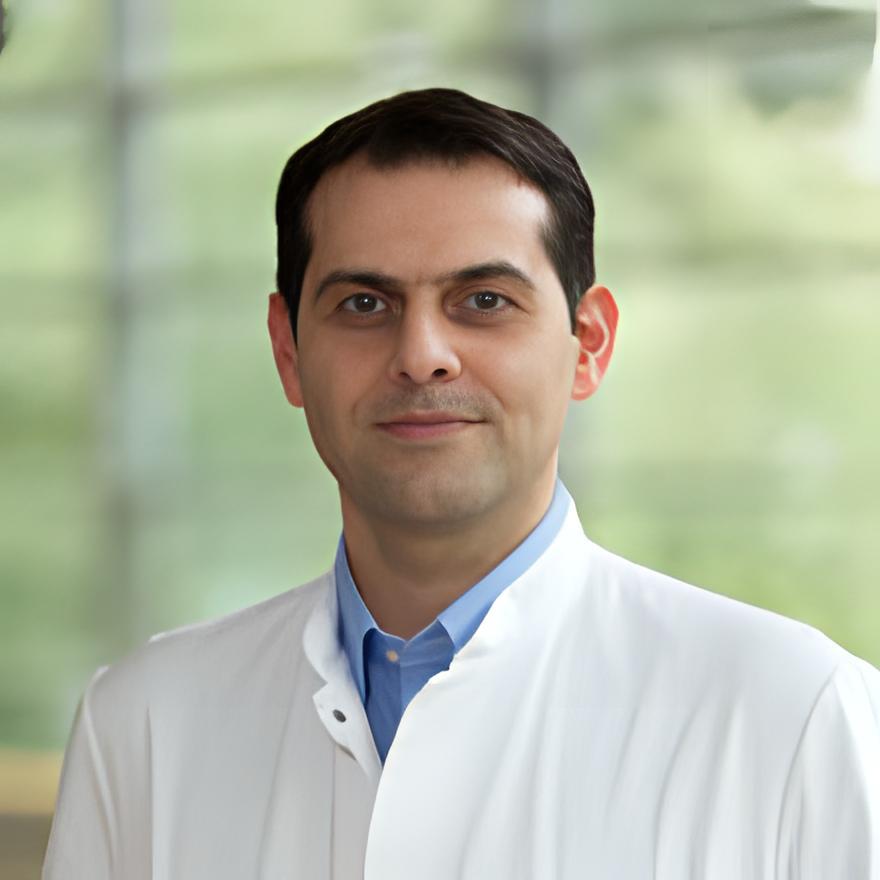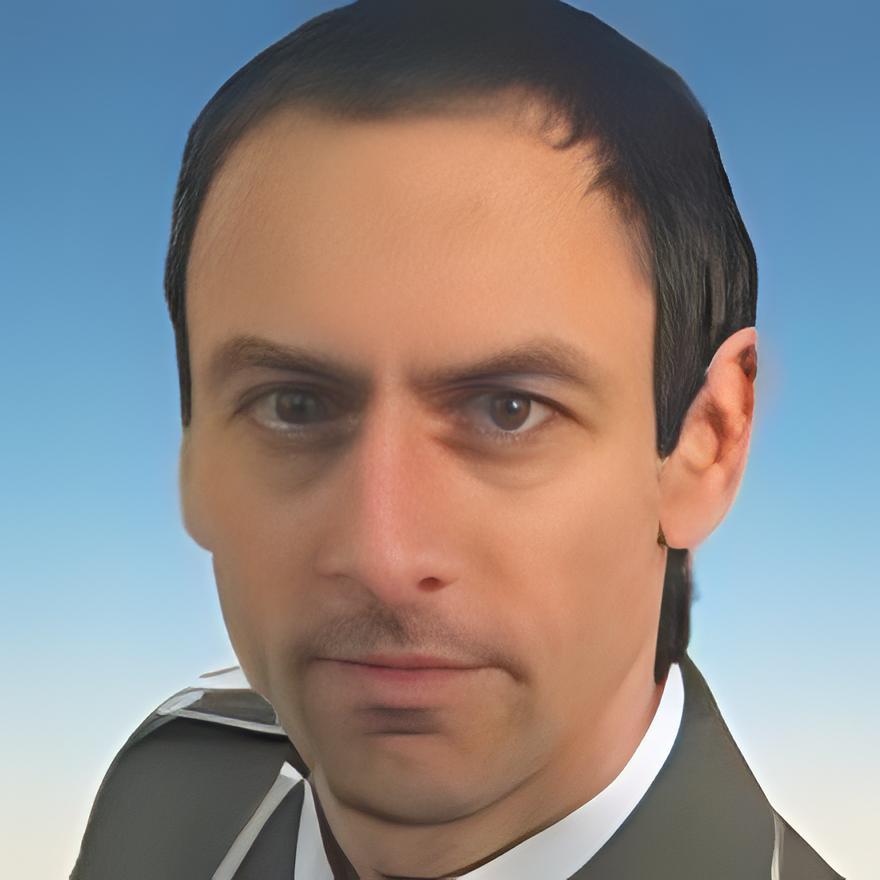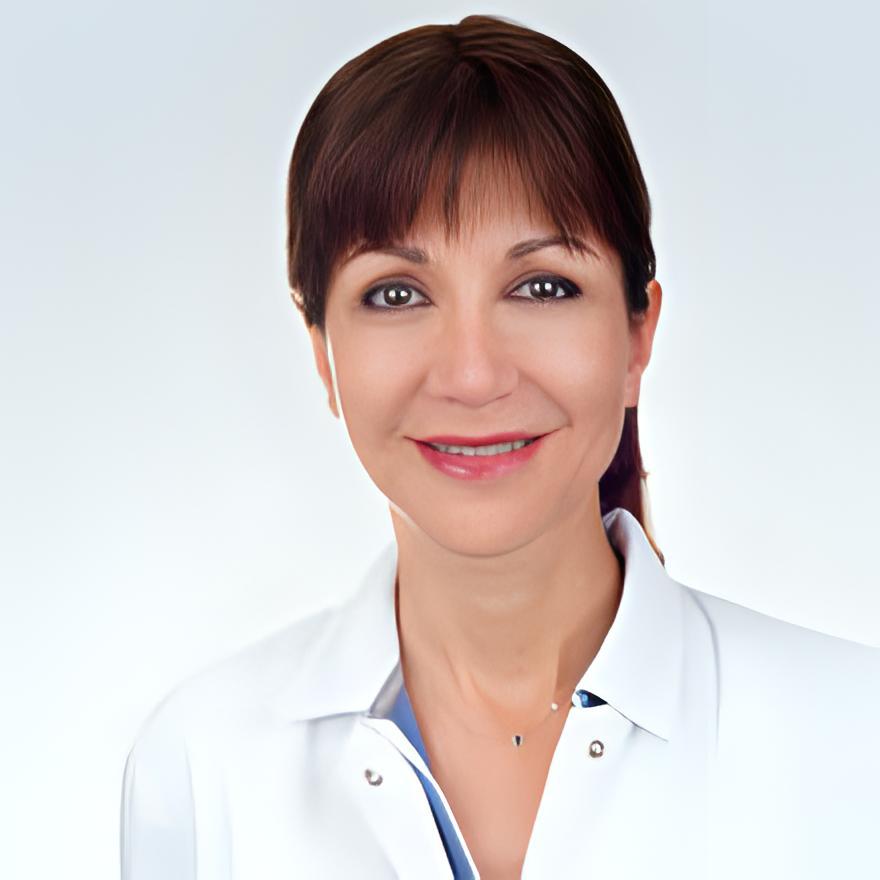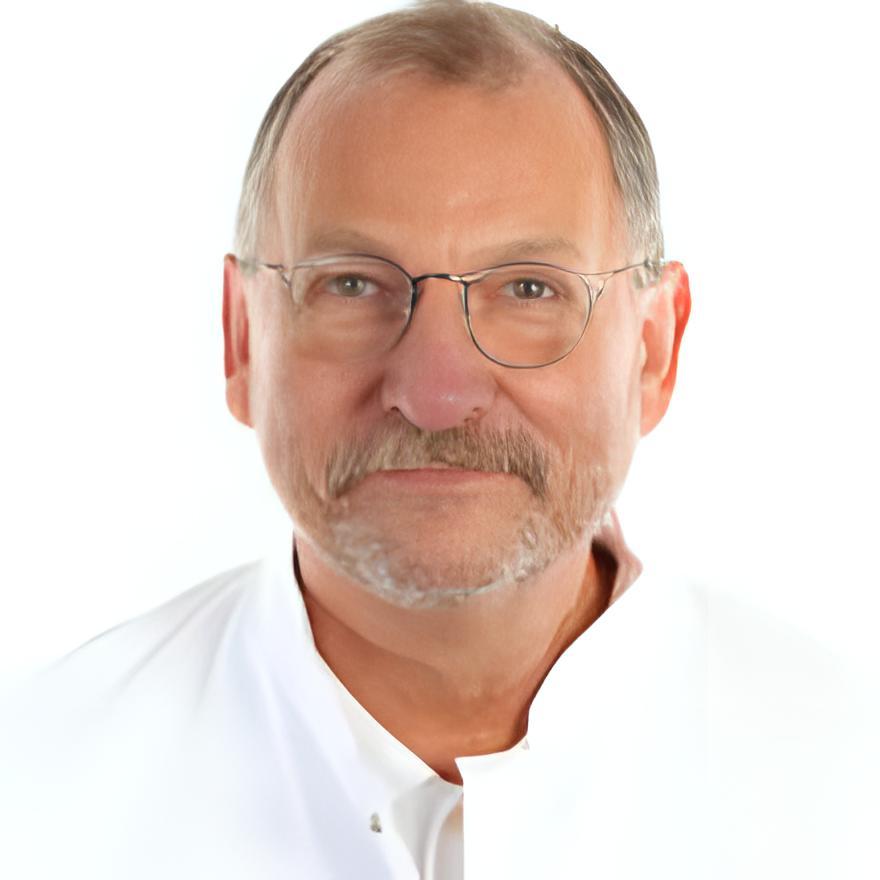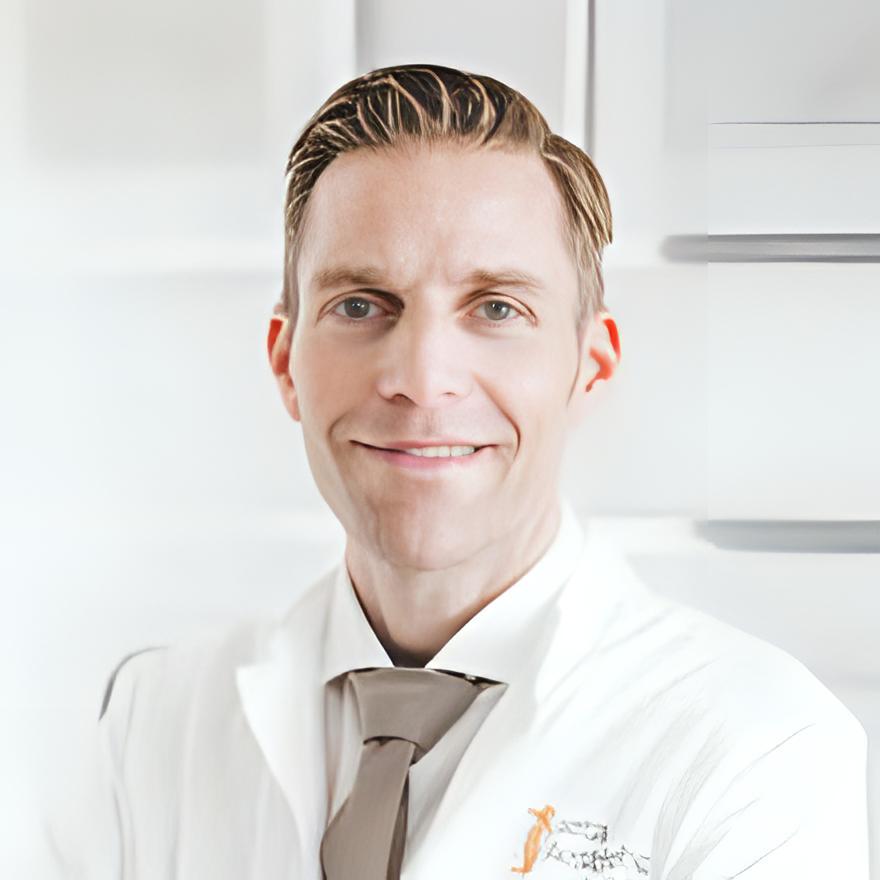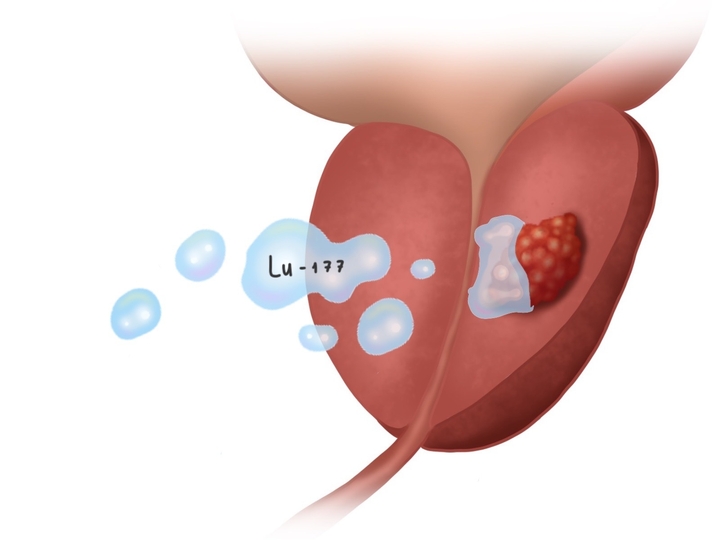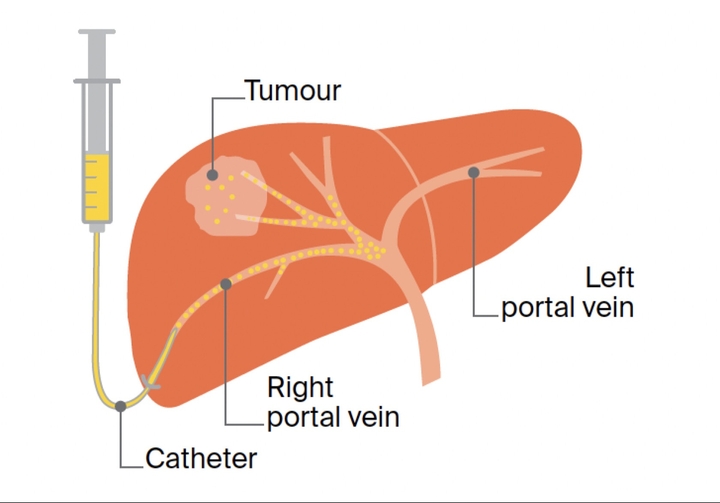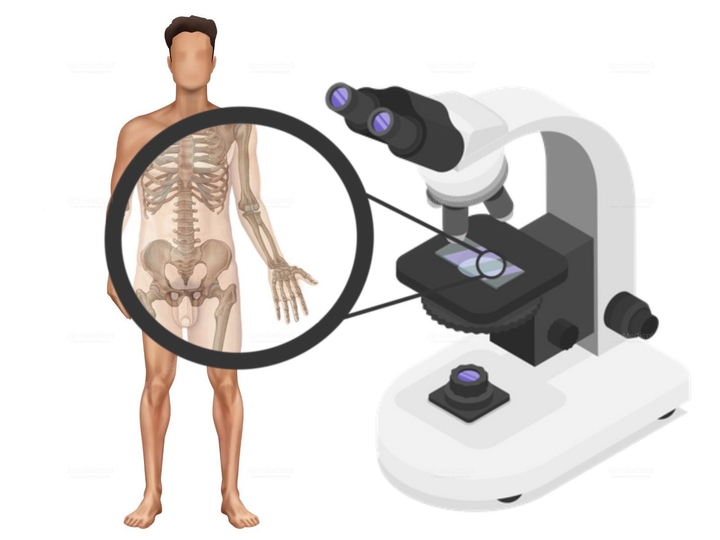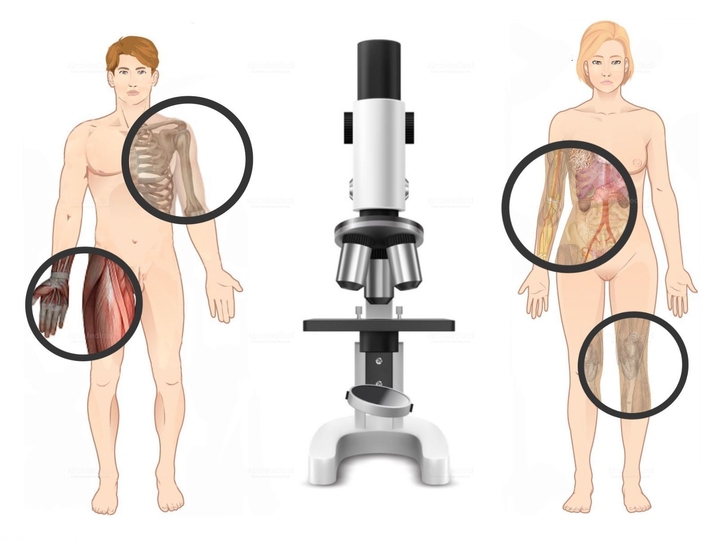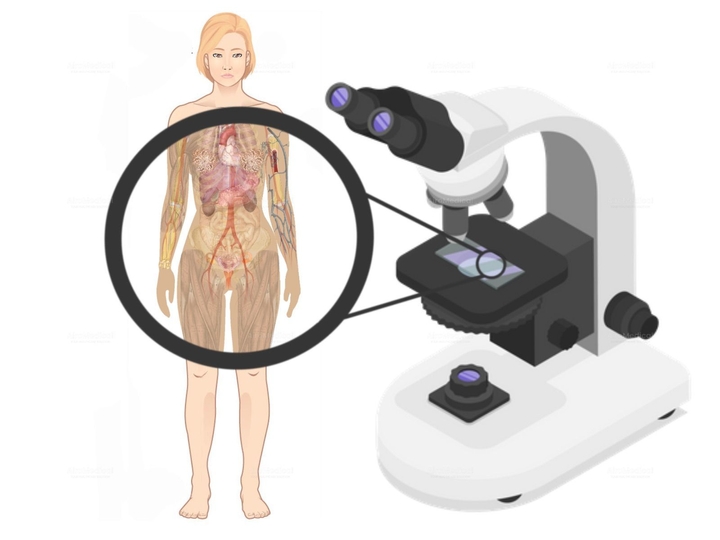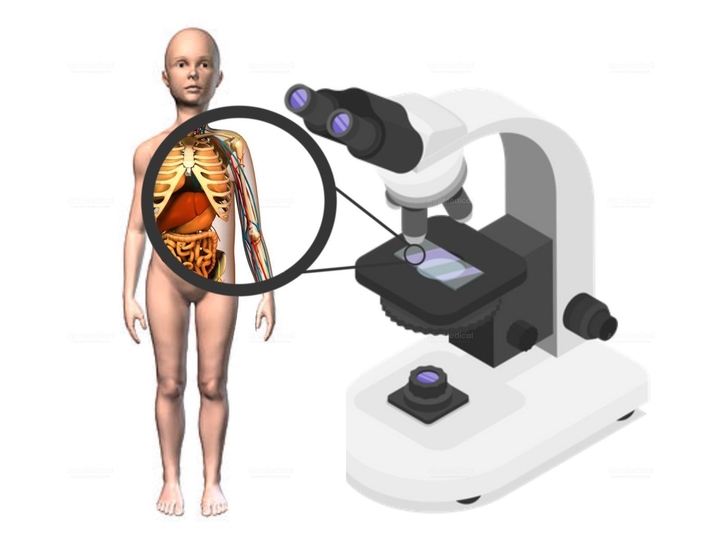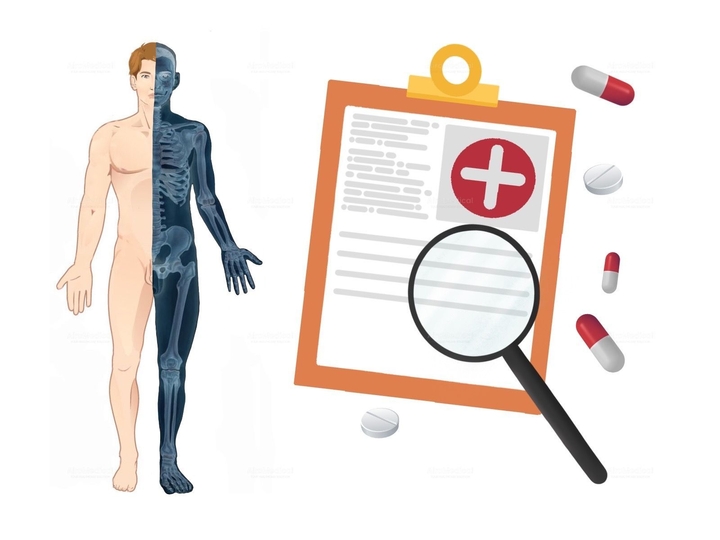Ophthalmology (Eye Care) Worldwide: Best Hospitals, Doctors, Options, & Cost
Over 2.2 billion people worldwide suffer from eye diseases prone to progression and threatening vision loss. Vision gives a person up to 80% of the information about the outside world. Even minimal visual impairments significantly reduce the quality of life. Therefore, any ophthalmology intervention requires jewelry precision. The slightest mistake can become irreparable.
Many hospitals for eye care have good diagnostic and surgical tools. But they all have different ideas about how to treat various eye diseases. For example, some doctors have done good research on how to treat glaucoma. Other ophthalmologists can fix even the most challenging cases of strabismus and astigmatism. The doctors in the third group are experts in keratoconus and other ophthalmology problems.
Not all clinics can provide a full range of services, from diagnostics to comprehensive eye treatments. It is difficult to say how many opportunities to regain vision were missed for this reason. That is why an ophthalmology clinic should be chosen with all seriousness.
Best eye clinics
How to select the best eye hospital?
Finding a good eye clinic can be challenging. The quality of care and pricing policies can vary greatly. Check the reputation of eye clinics on the AiroMedical platform by online reviews of previous patients. Ensuring that the best eye specialists at your chosen center are qualified to perform the required procedure is essential. The center should have cataracts, glaucoma, refractive pathology, fundus diseases, and retina treatment specialists.
Knowing what medical services it provides is essential when looking for an ophthalmology clinic. Patients who visit specialized eye centers receive comprehensive modern diagnostics and medical care. These clinics possess unique equipment for proper diagnosis and a full range of treatment options. Turn to clinics that offer clinical trials as part of their service.
AiroMedical helps you choose the most suitable clinic to handle your medical requirements efficiently. It is crucial for complex cases that demand exceptional surgical methods or innovative technologies.
Best eye specialists
How to choose the highest-rated ophthalmologist?
To effectively treat eye diseases, choosing the right eye specialist is crucial. However, this decision should not be made randomly. The quality of ophthalmology services largely relies on the doctor's experience and tenure. Doctors must continually enhance their skills through training and scientific research, which is reinforced by their medical practice. Location and price factors can be additional criteria for your choice.
The latest technologies allow ophthalmologists to perform highly complex operations on the eye's cornea, retina, and iris. Some eye surgeons specialize in corneal transplantation surgery and retinal implantation, so selecting a physician skilled in the necessary techniques for treating your specific eye condition is recommended.
A good eye doctor should know several treatment methods and communicate clearly with the patient. With AiroMedical, you can find and book appointments and treatment with a renowned ophthalmologist from our list of top eye doctors worldwide.
Up-to-date ophthalmological diagnostics
Cataracts, glaucoma, lens replacement, retinal detachment, astigmatism, corneal transplantation, and vision correction – patients seek eye care abroad with such and many other problems.
Best eye clinics can offer the following diagnostic benefits
Early diagnosis is critical for effective eye care for many diseases, such as glaucoma, cataracts, and others. Digital images of the fundus, biomicroscopy, ultrasound, corneal topography, electroretinography, etc., allow doctors to determine the exact causes of violations of normal eye functioning.
The latest diagnostic tools
Diagnosing in leading countries with developed eye care, like Germany, Israel, Austria, and Italy, can be the first step toward restoring your vision completely.
Top offers
Advanced treatment solutions in eye care
Modern clinics use state-of-the-art equipment to visualize even the most minor structures of the retina and anterior cameras. These hospitals have advanced technology that can fully analyze potential eye problems and adapt treatment to each patient's needs without overwhelming them.
The most popular methods of eye treatments
Progressive eye care methods
Doctors abroad use innovative eye care methods for the youngest patients, making it possible to eliminate visual defects painlessly and unnoticeably for the child. For example, in the best ophthalmology clinics worldwide, congenital cataracts and glaucoma, keratoconus, nystagmus (involuntary eye movements), strabismus, amblyopia ("lazy" eye), and other diseases are successfully treated.
Unique treatment options
Specialists of foreign ophthalmology clinics are constantly developing and implementing new unique methods of eye care. Among them:
Laser vision correction eliminates the problem of myopia, hyperopia, or astigmatism under local anesthesia for 20-30 minutes. At the same time, the risk of complications is lowered to zero, and the recovery period is reduced to 1 day.
Cost of ophthalmology treatment
Eye care€792 - 2,247
Advantages of medical tourism
At AiroMedical, the patient is guaranteed the highest level of eye care. Professionals will help choose a specific ophthalmology center or doctor and solve all organizational issues of the trip, taking into account the wishes of the patient, the financial component, and other necessary conditions. Specialists from the best eye clinics will help you cure even the most complex and rare diseases.
All the advantages and privileges of eye care abroad that foreign patients will discover can be briefly listed as follows:
Reasons to consider ophthalmology abroad
AiroMedical has an extensive database of ophthalmology clinics. We will choose a hospital and a doctor specializing in your disease and prepare an individual offer from several ones ready to receive the patient immediately.
Cooperation with AiroMedical will help you to focus on restoring vision without being distracted by extraneous matters. Entrust your eyes to the best professionals; the world will sparkle with colors for you again!
How AiroMedical can help you
Read more in our blogs
FAQ
Who are the best doctors for Eye Care?
Prof. Dr. med. Hans-Gunther Machens from
University Hospital Rechts der Isar Munich
Prof. Dr. med. Barbara Wollenberg from
University Hospital Rechts der Isar Munich
Prof. Dr. med. Mathias Maier from
University Hospital Rechts der Isar Munich
Dr. med. Haydar Kukrek from
University Hospital Rechts der Isar Munich
Prof. Dr. med. Holm Muhlbauer from
ATOS Orthopedic Clinic Munich






